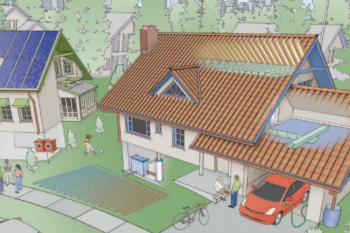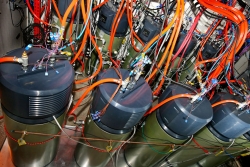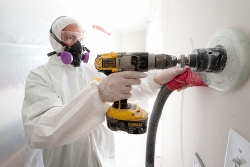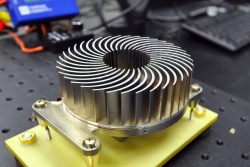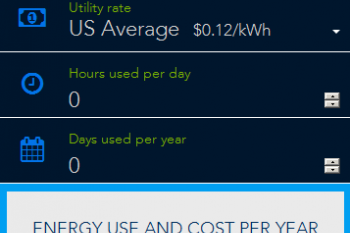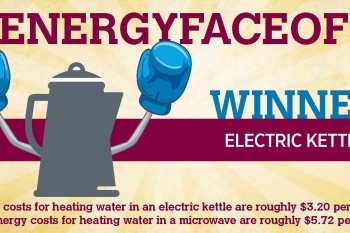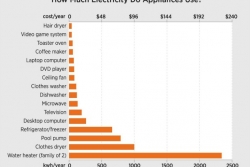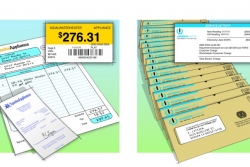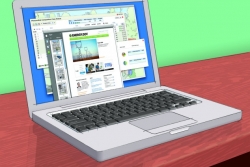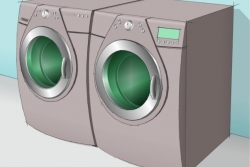
Looking for ways to save energy? Check out these tips -- which include using a power strip and switching to ENERGY STAR appliances -- that every homeowner should try.
Over the past couple of decades, advances in appliances and electronics -- from microwaves and dishwashers to smartphones and computers -- have changed the way we use energy in our homes.
Through the Energy Department’s appliance standards, manufacturers are making great strides in developing new, more efficient appliances that are saving consumers money on their energy bills. The Department also works with the Environmental Protection Agency on ENERGY STAR, a program designed to help consumers lower their energy costs by using energy-efficient products.
Featured
Are you the brightest bulb when it comes to home energy trivia? Take our latest quiz to find out!
We've updated the popular Energy Saver guide to help you save money by saving energy.
Looking for the latest in energy efficiency technology? Check out these National Lab breakthroughs that could help homeowners save energy and money.
A four-step guide to making your home more comfortable, energy efficient and healthy.
The Sandia Cooler's innovative, compact design improves the way heat is transferred in microelectronics, earning it R&D Magazine Editor's Choice Award.
Learn how to estimate what it costs to operate your appliances and how much energy they consume.
Learn how to save energy and money through efficient use of your computers, monitors, and peripherals.


